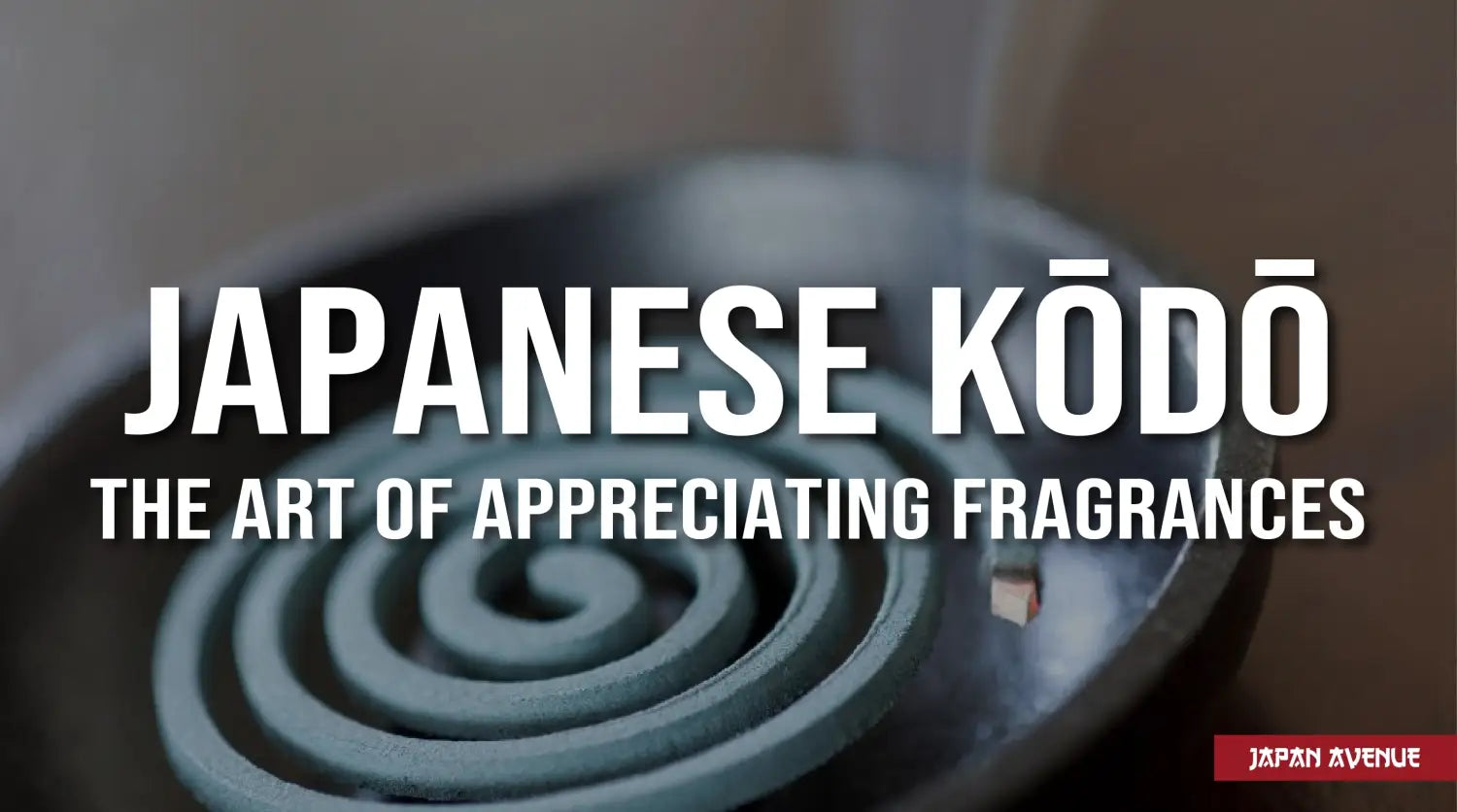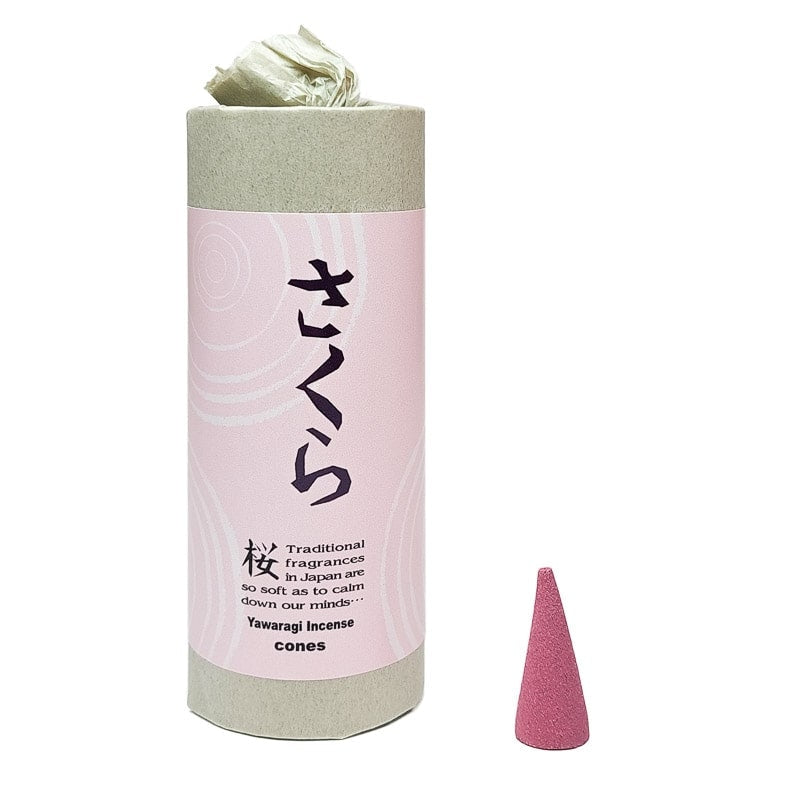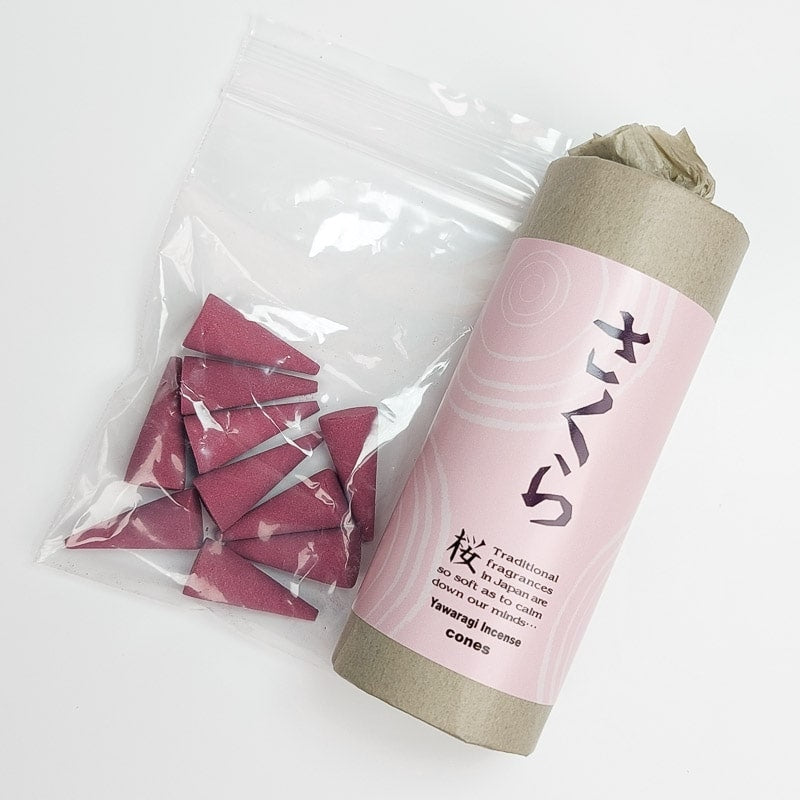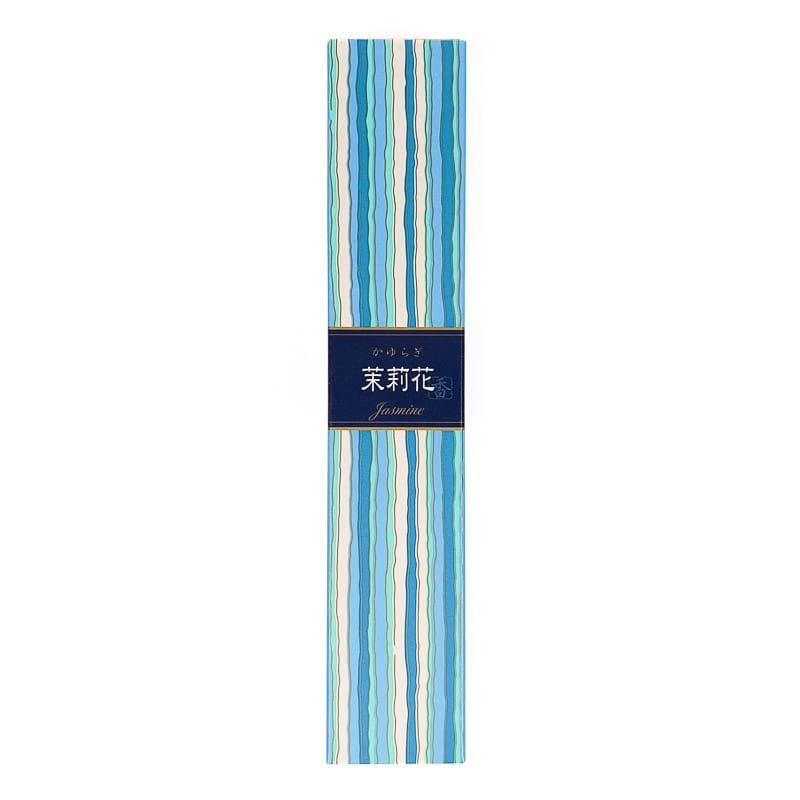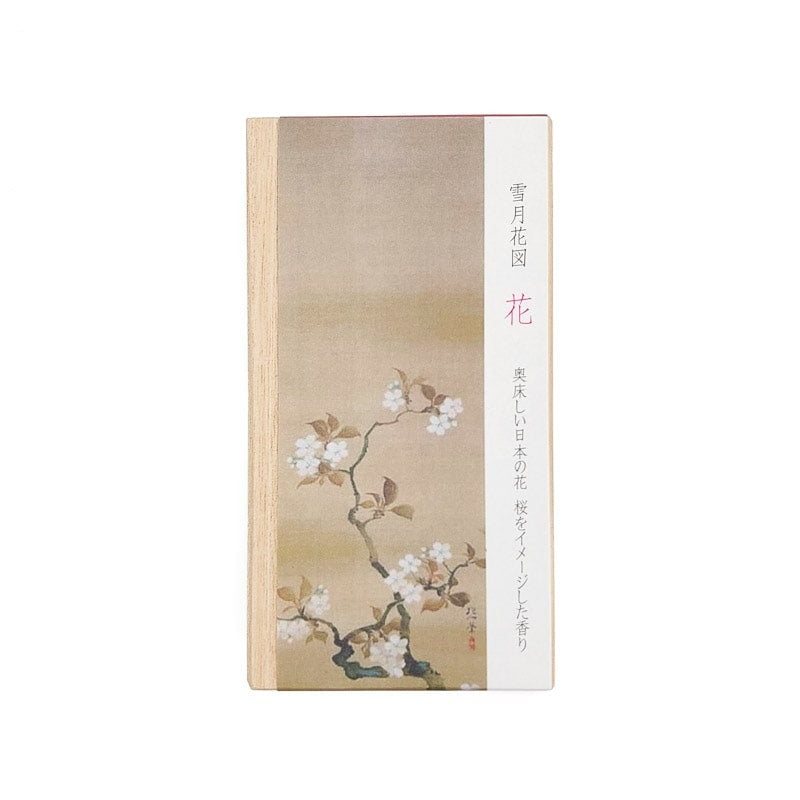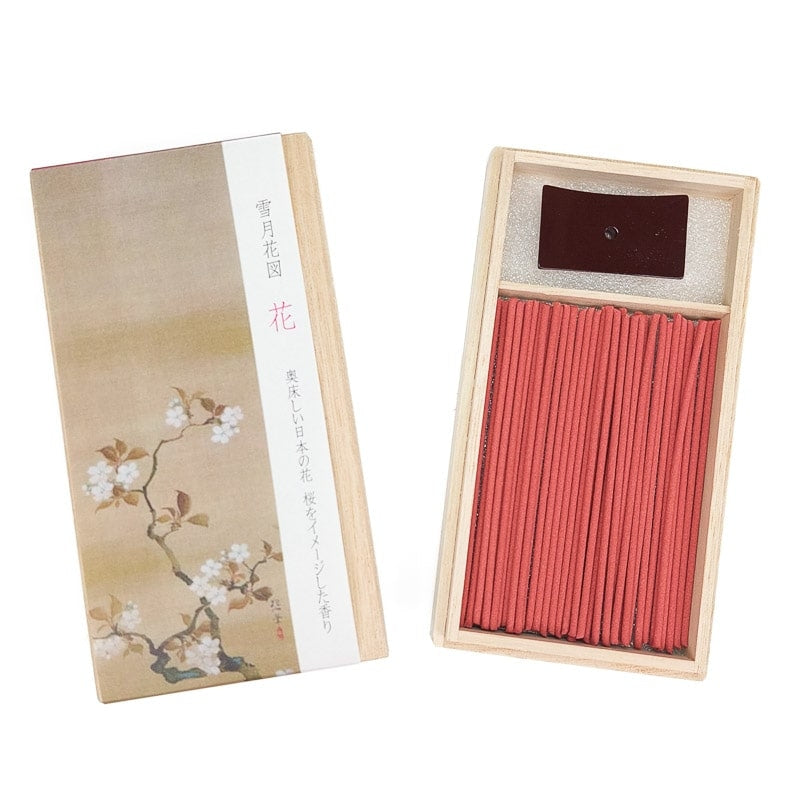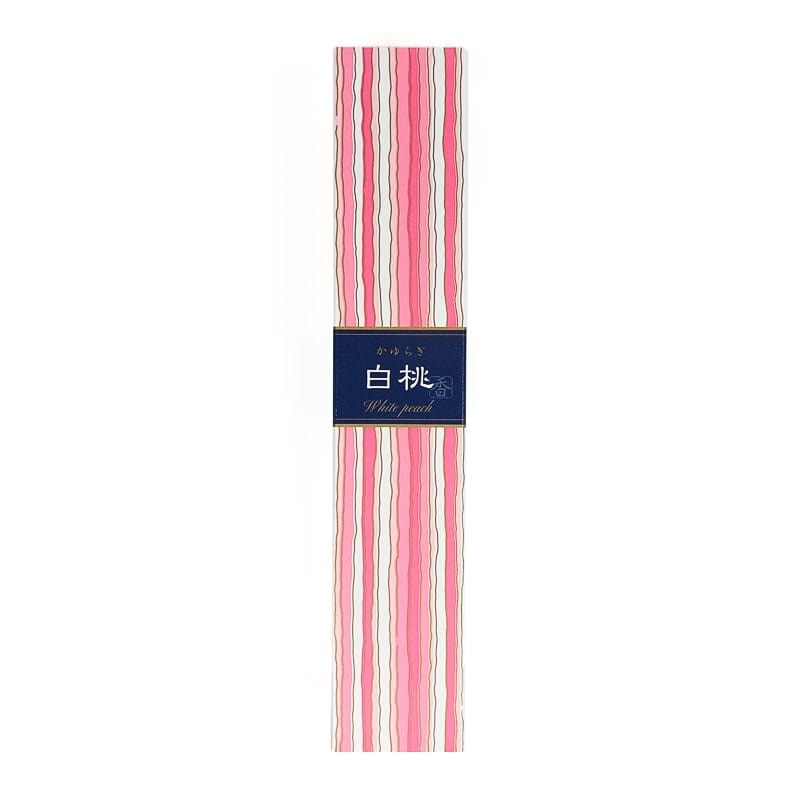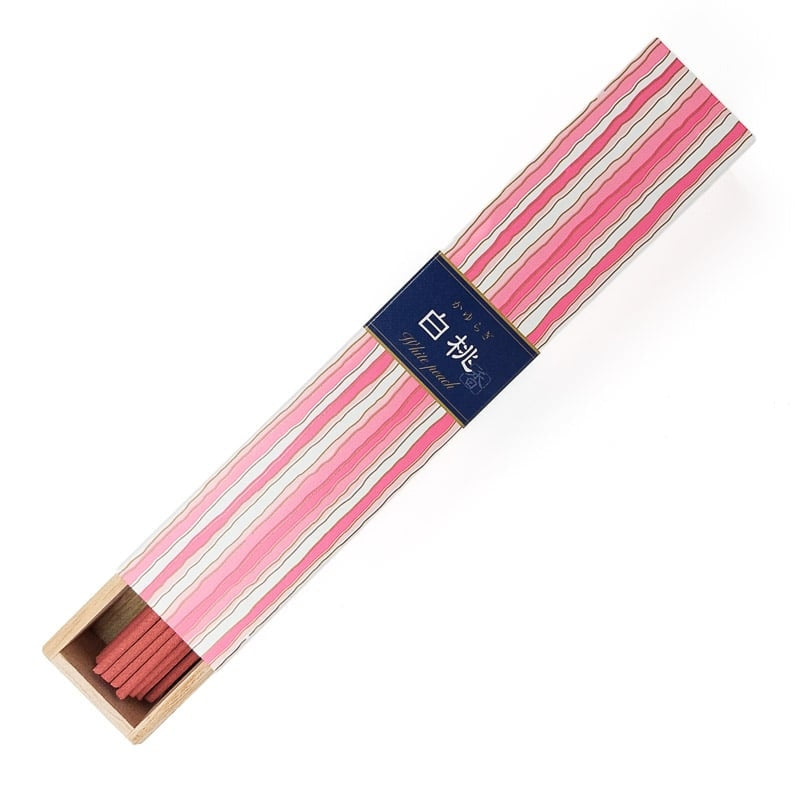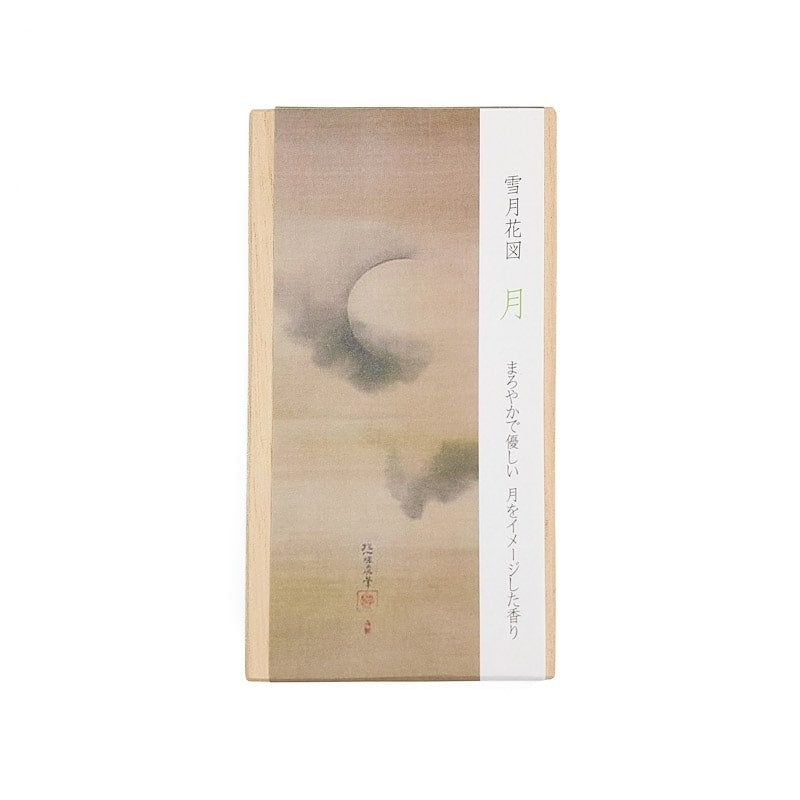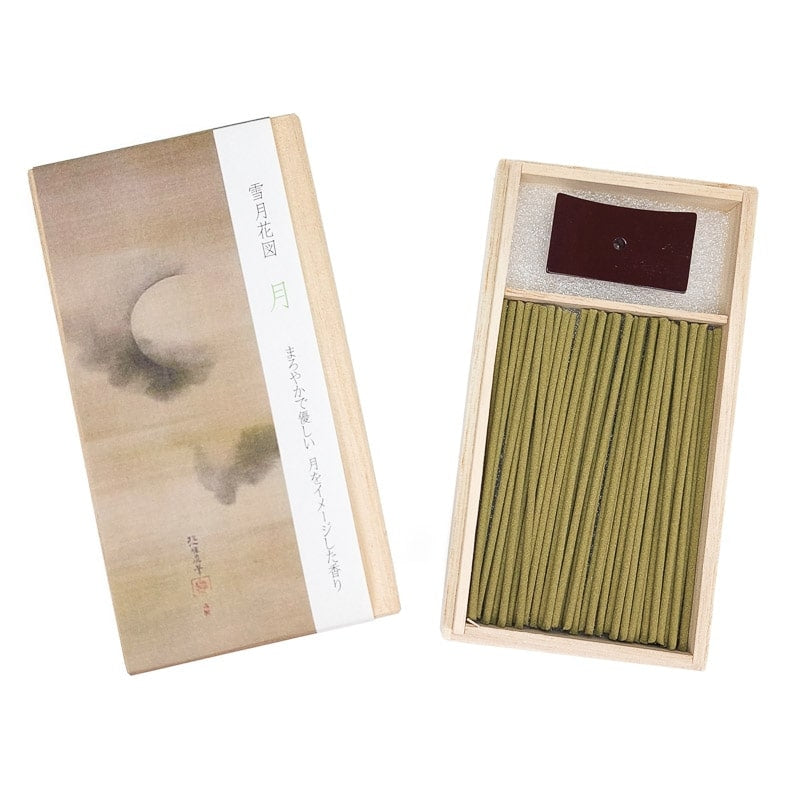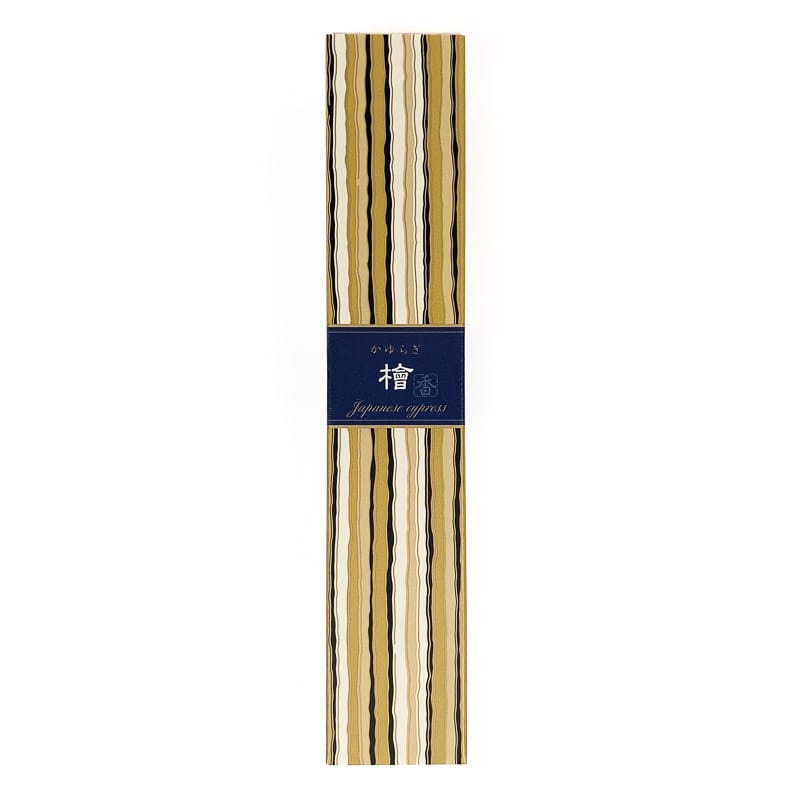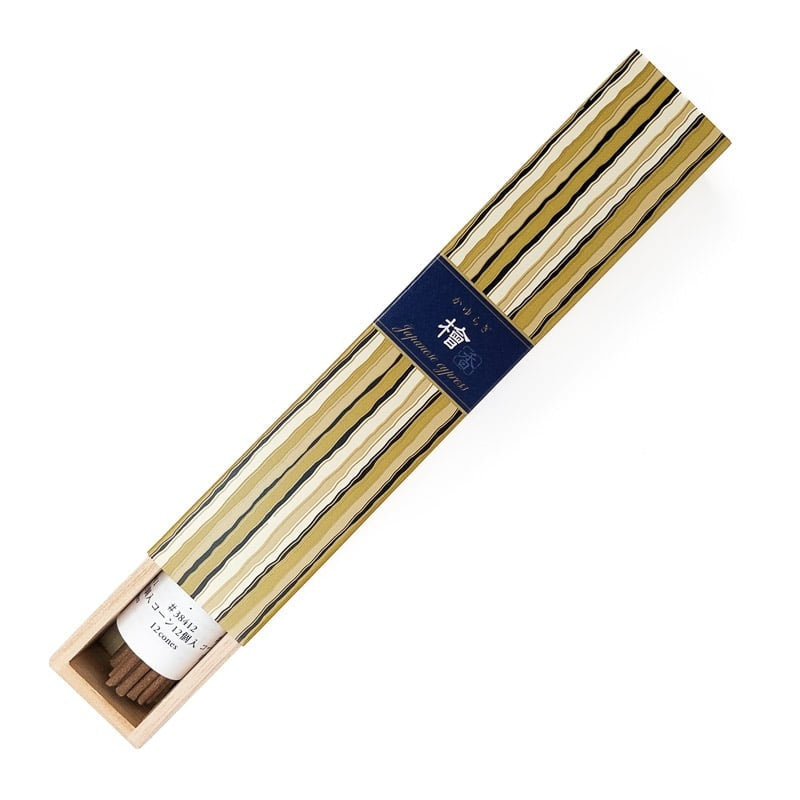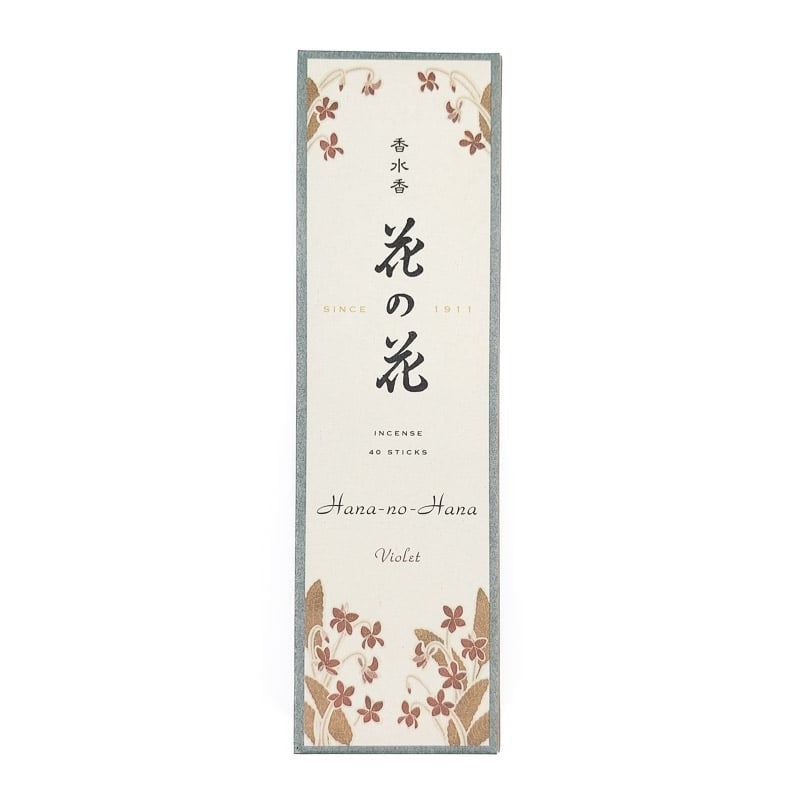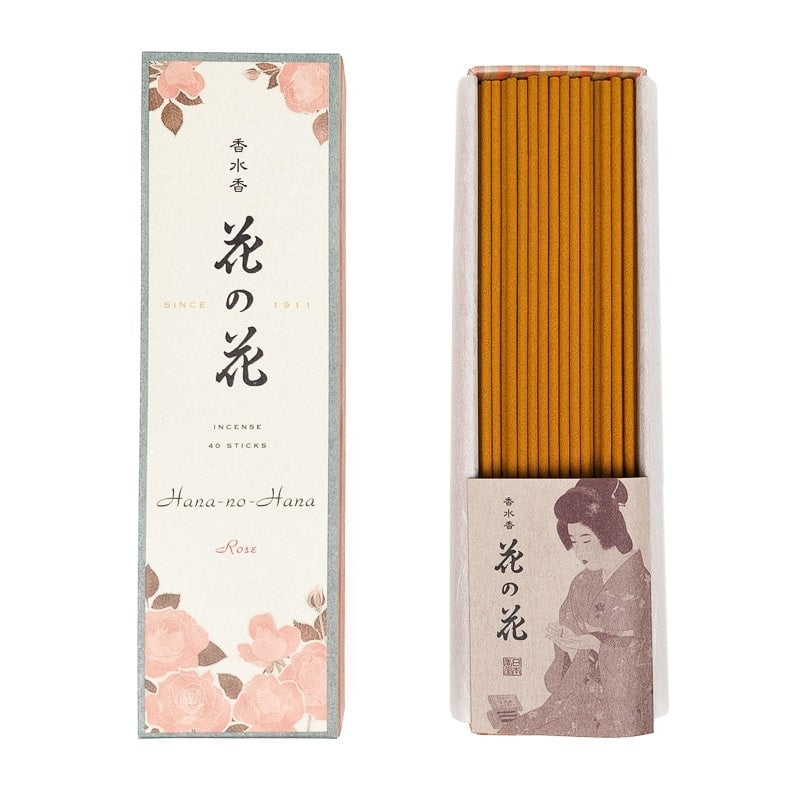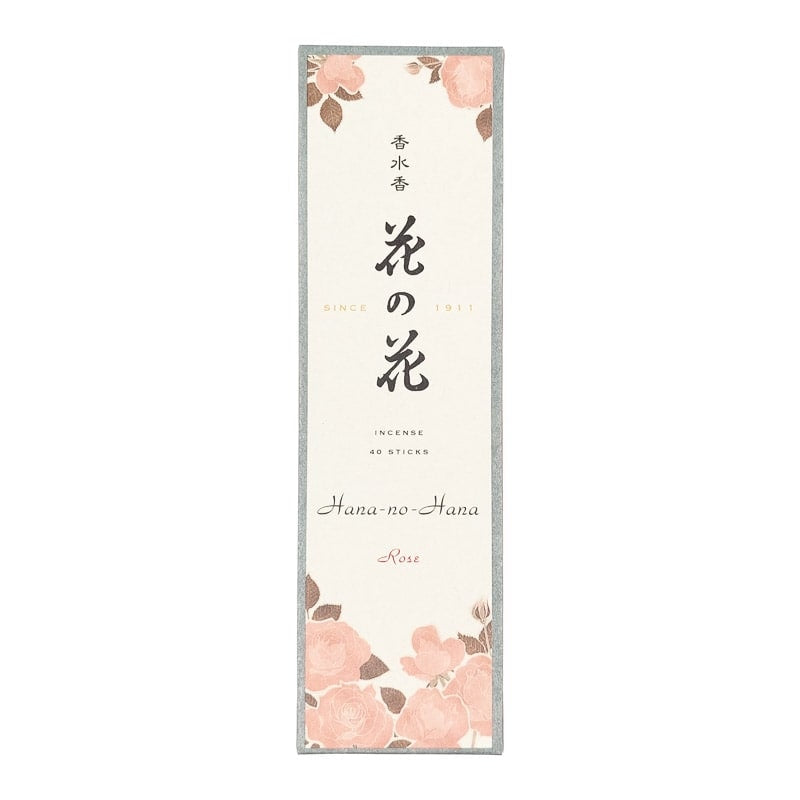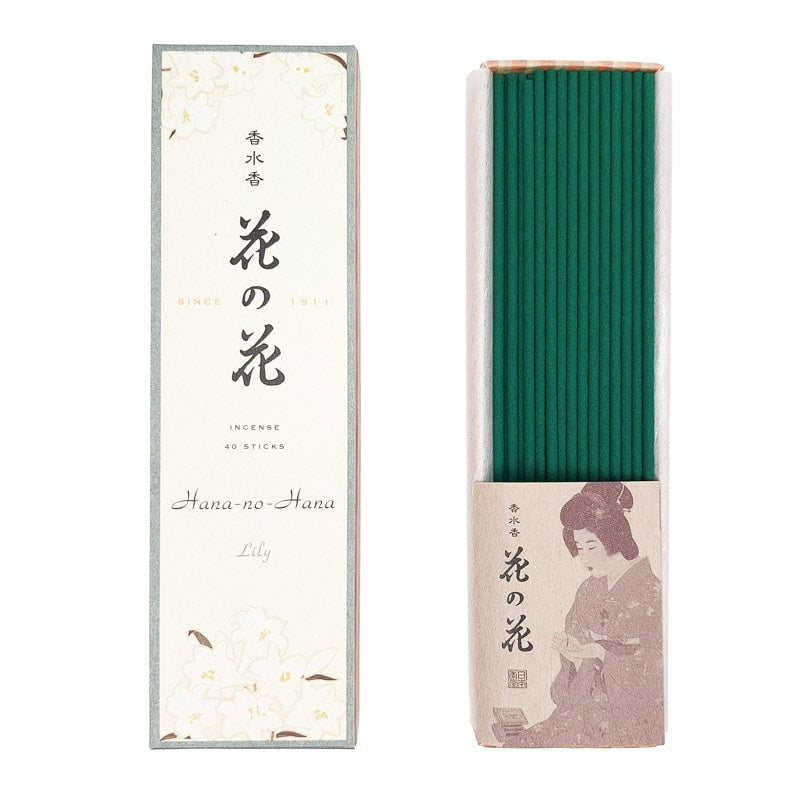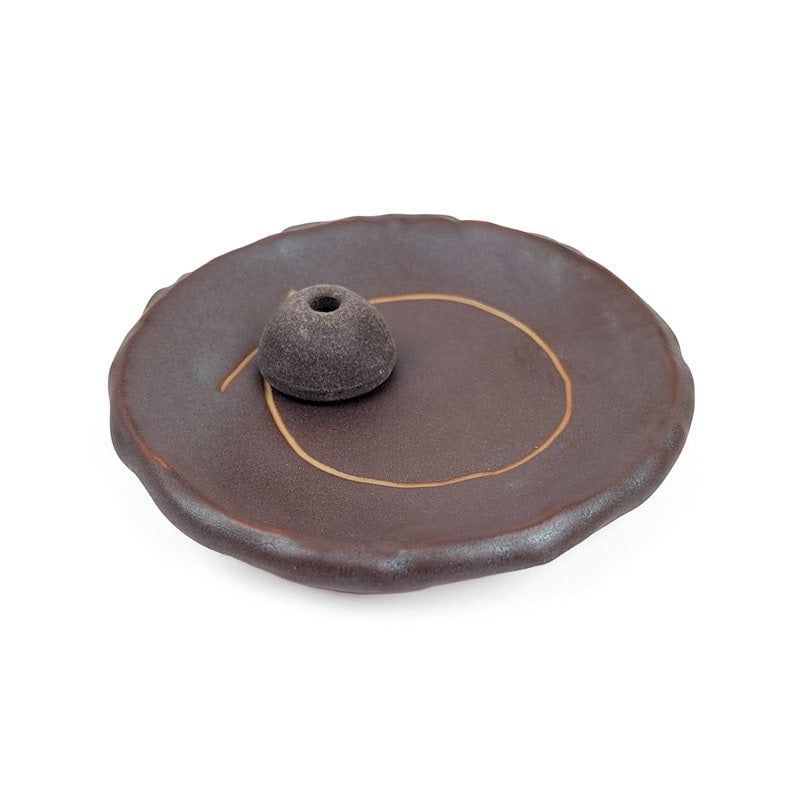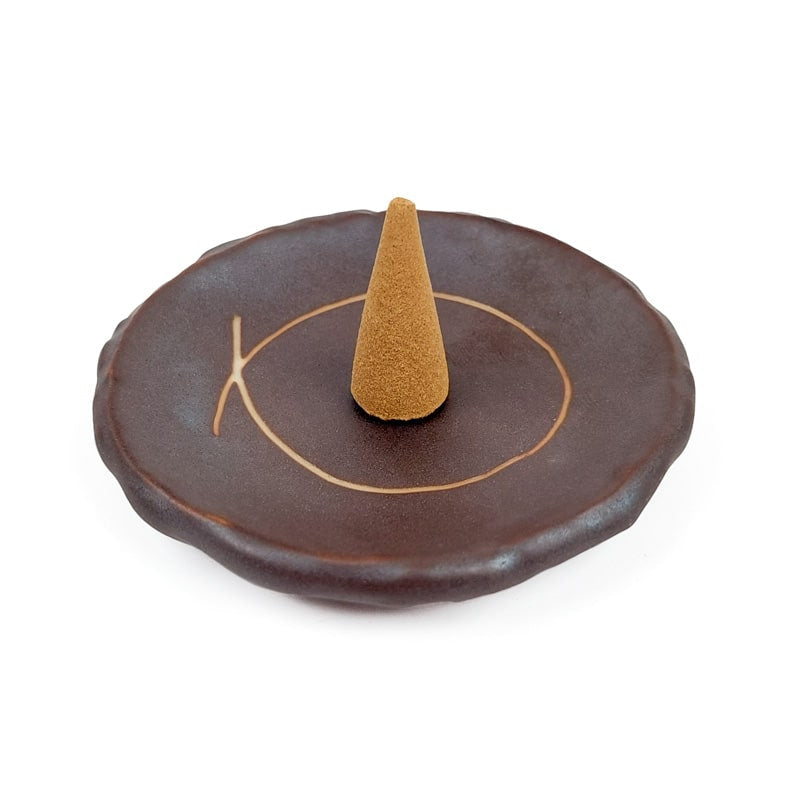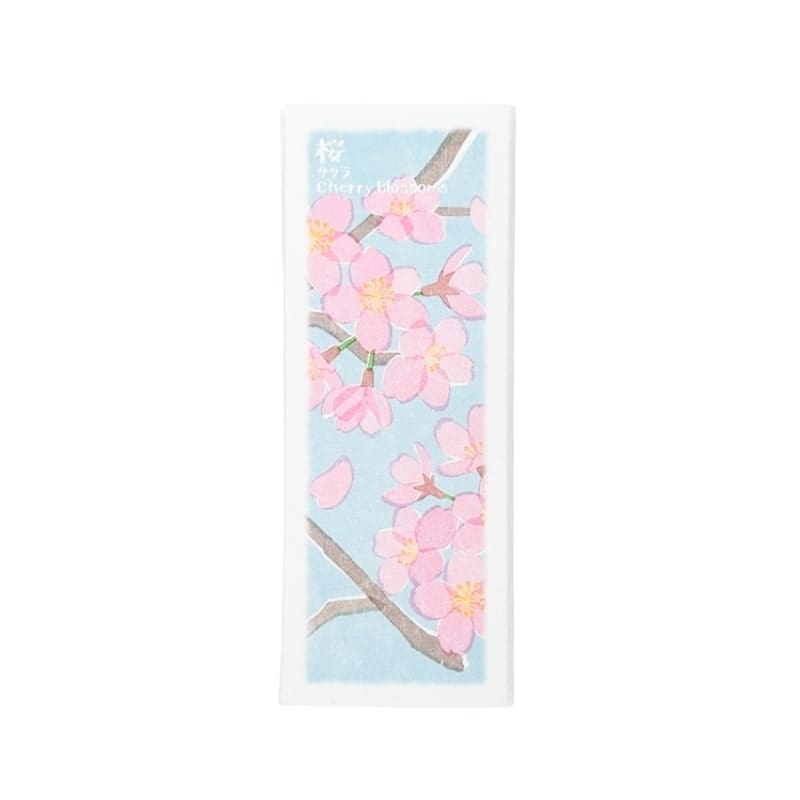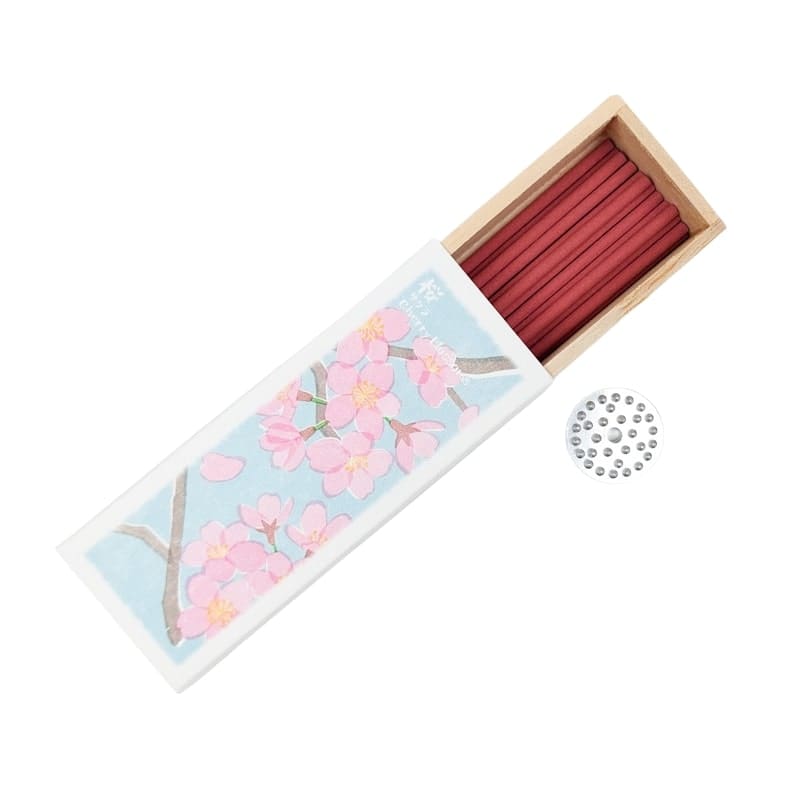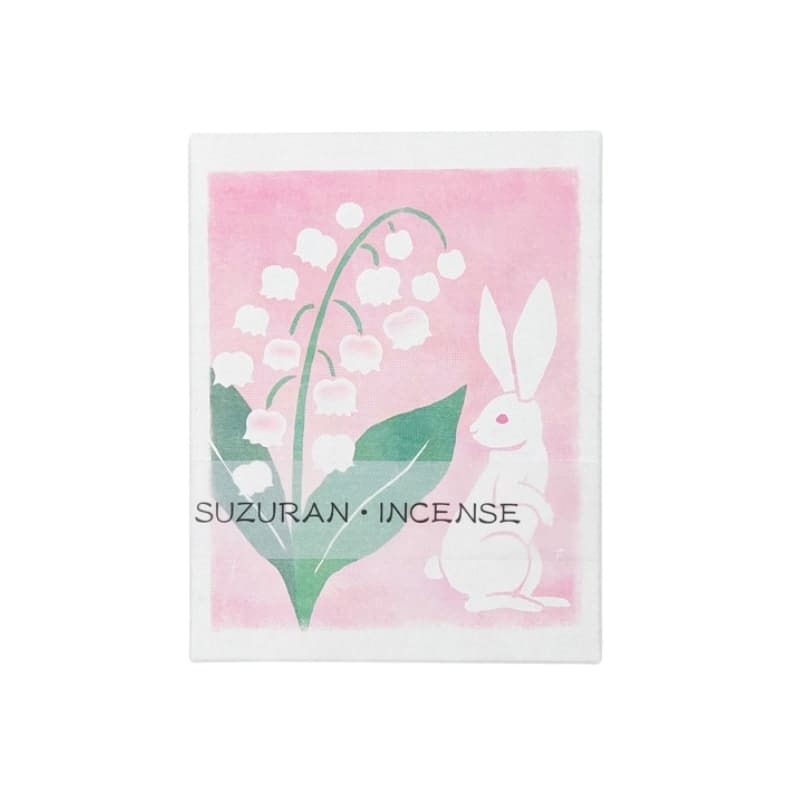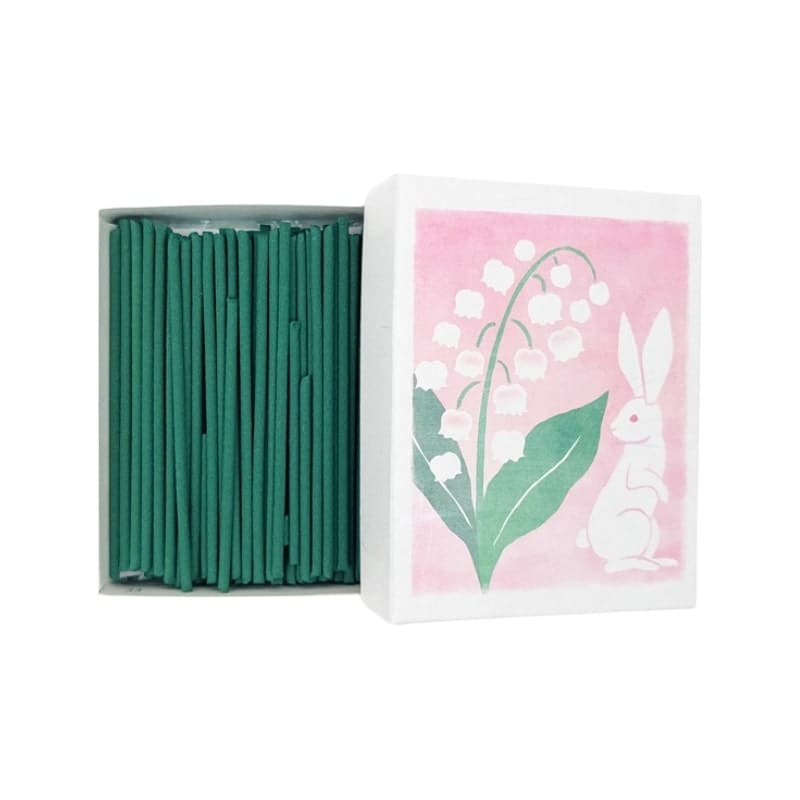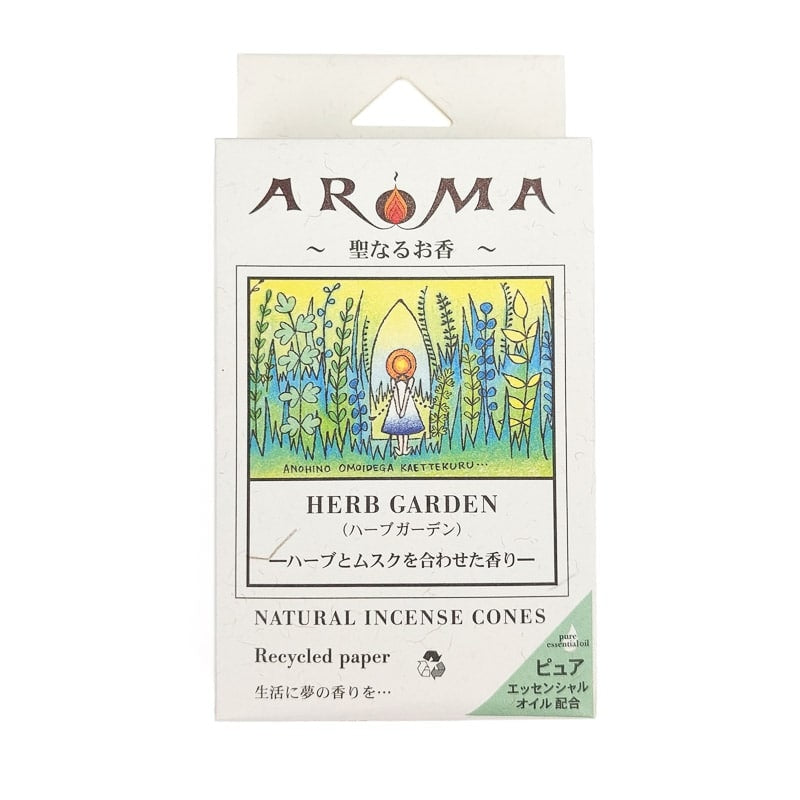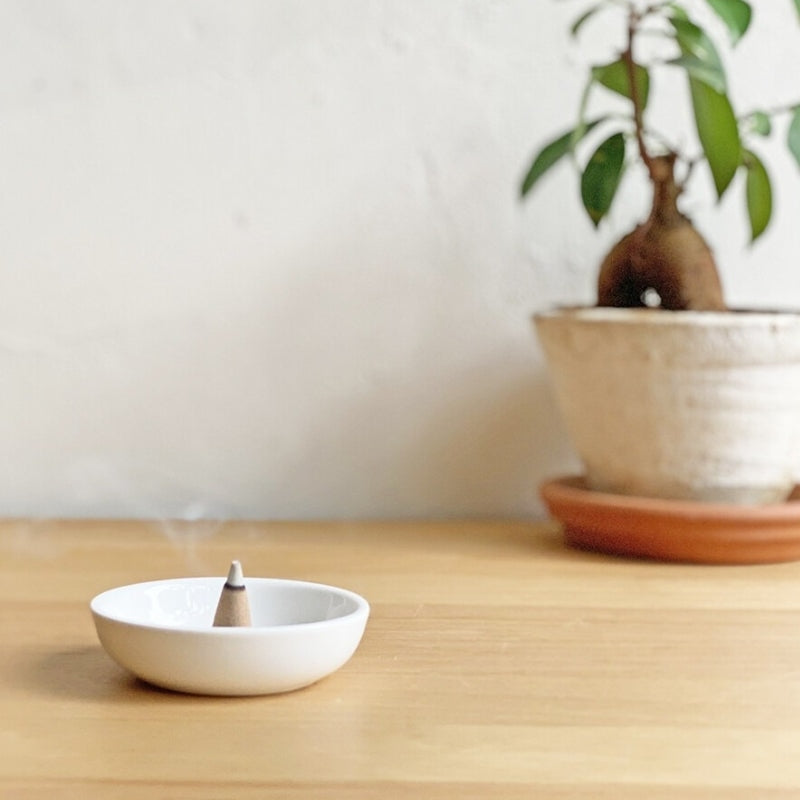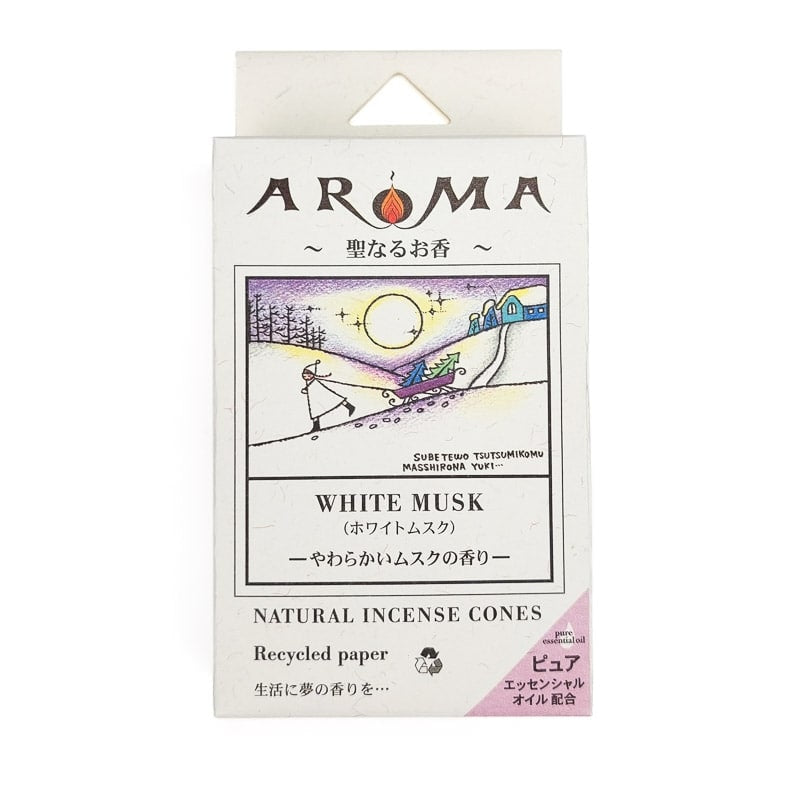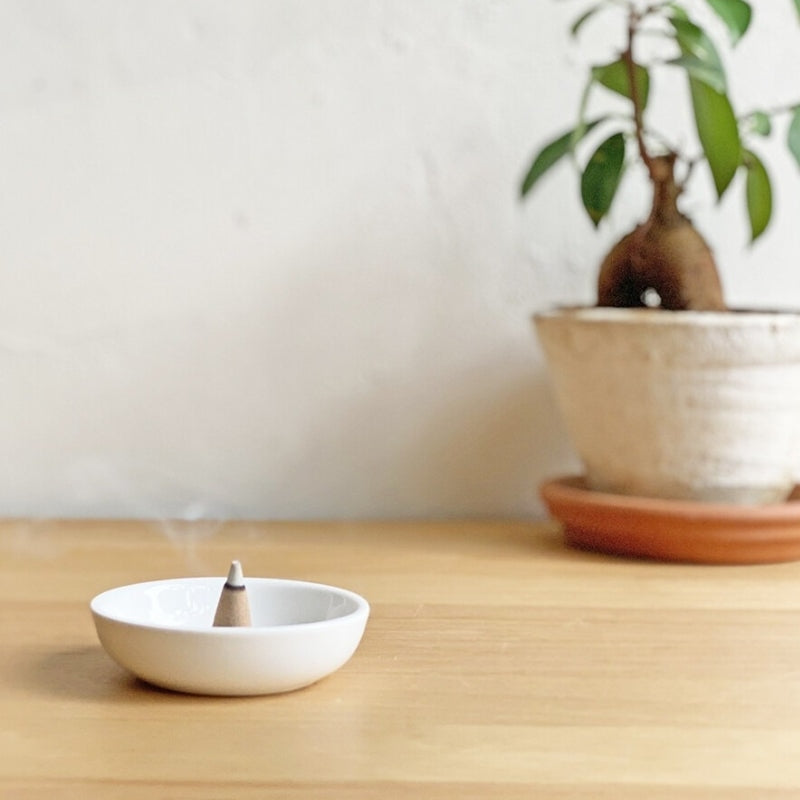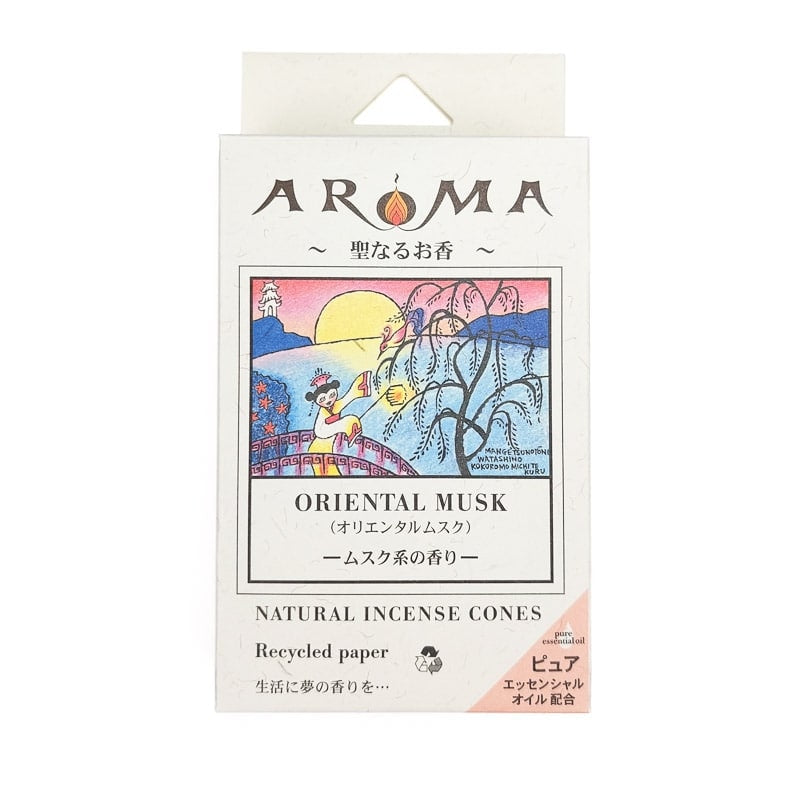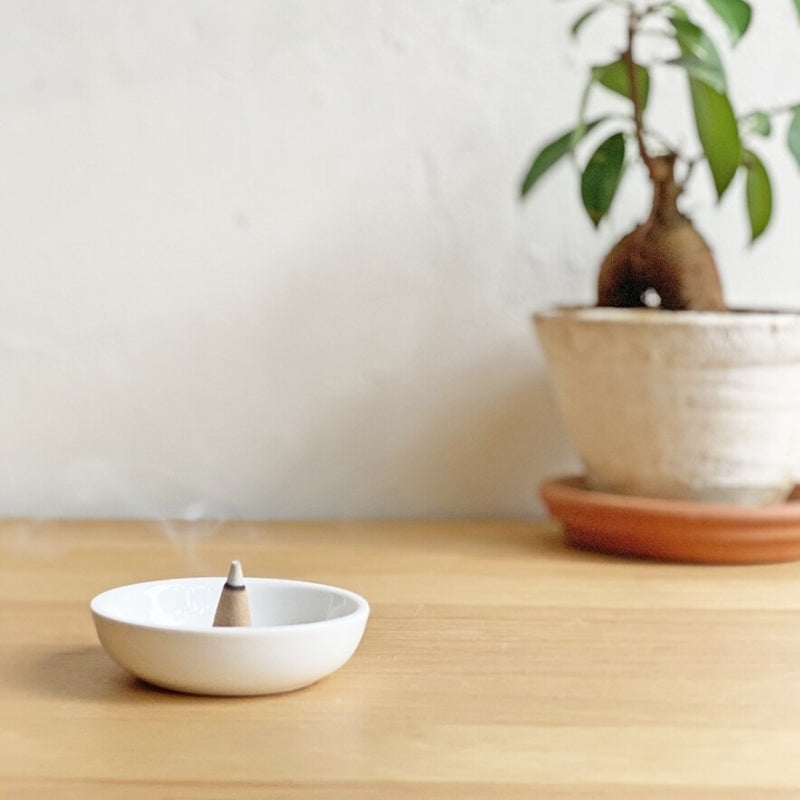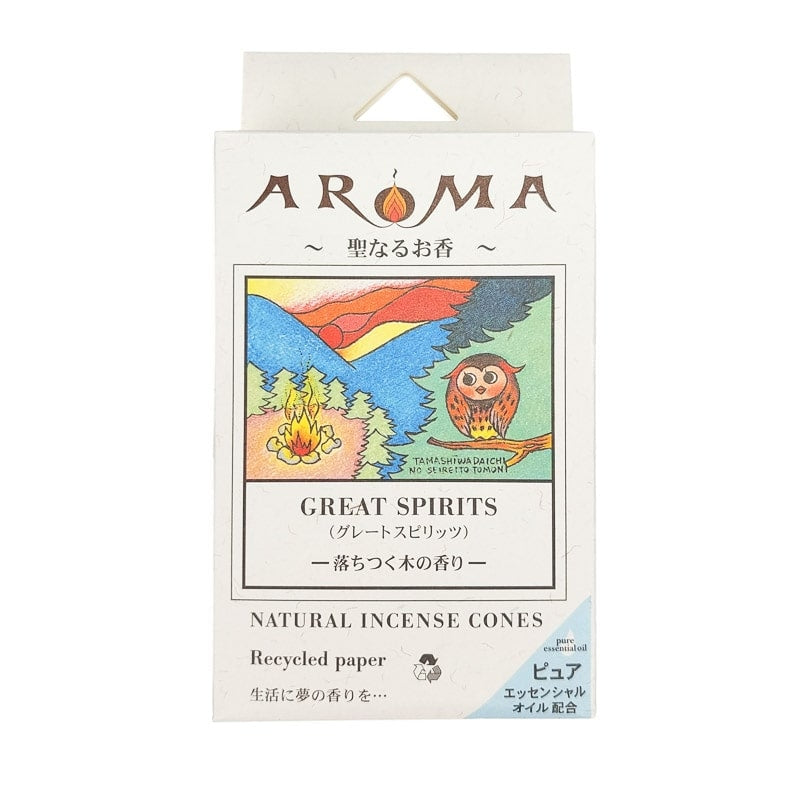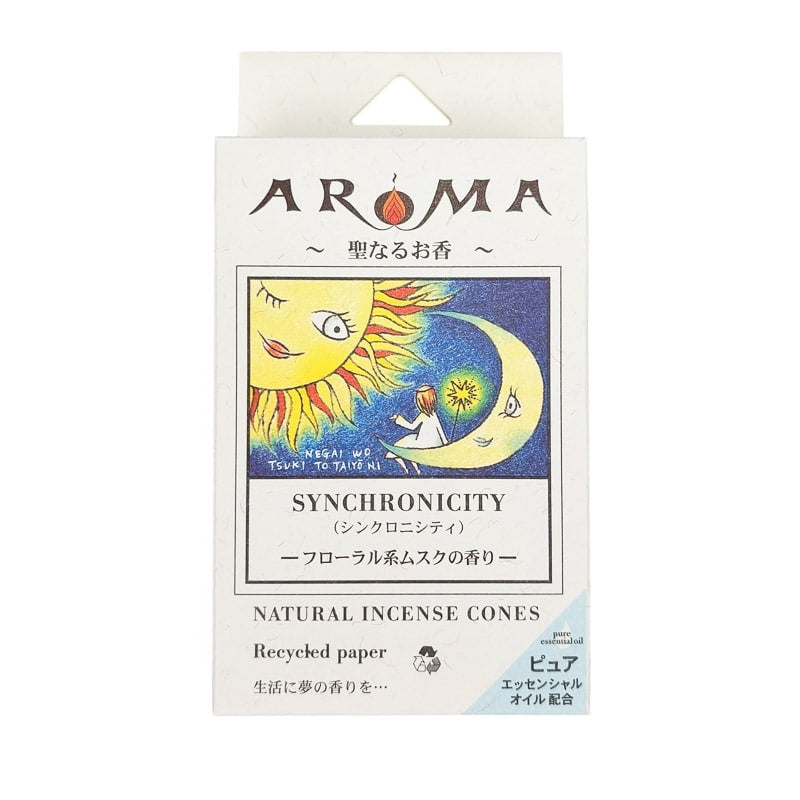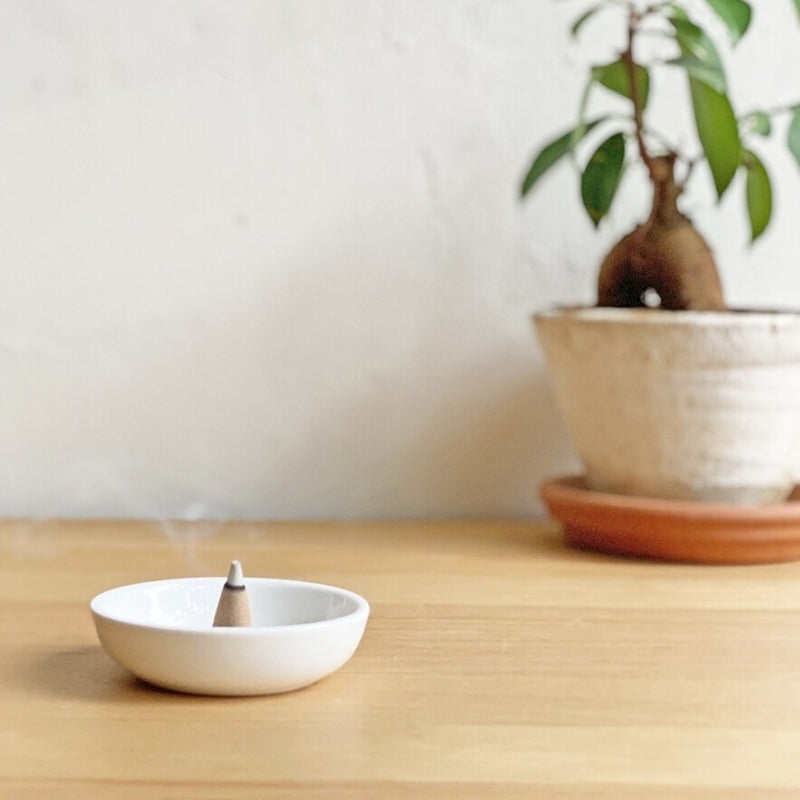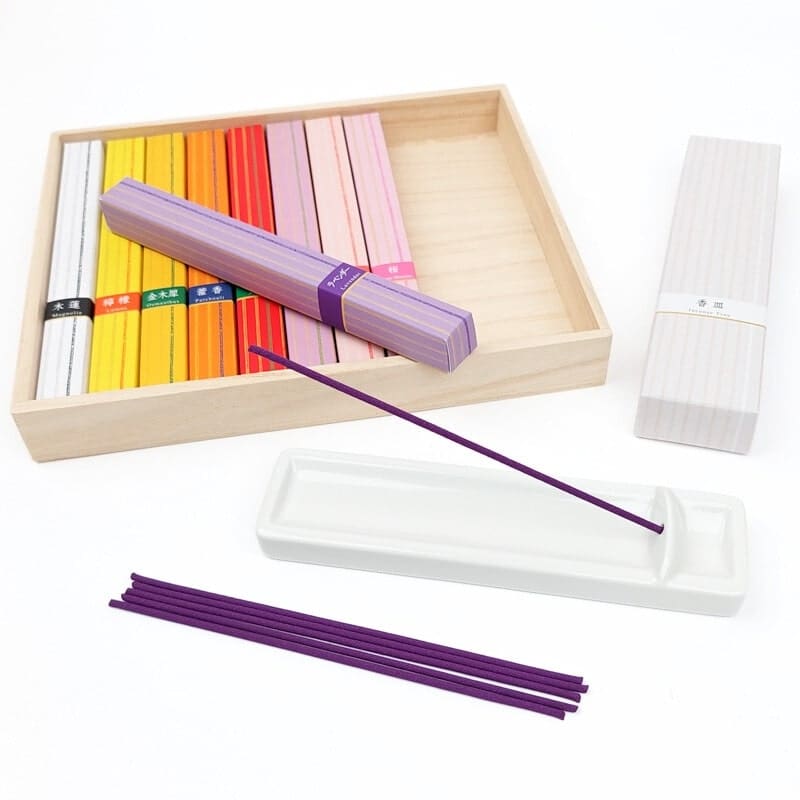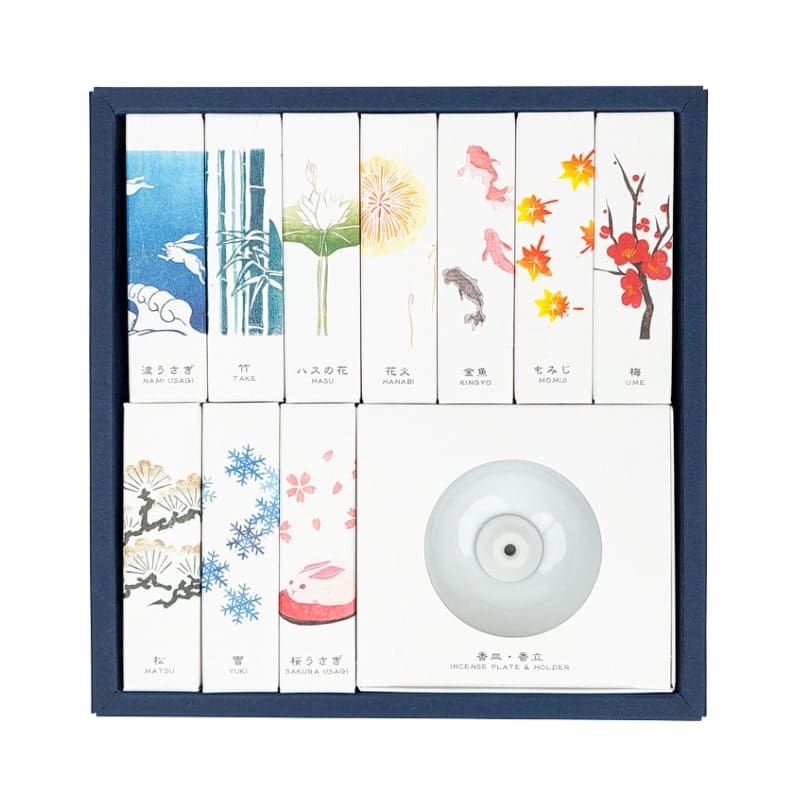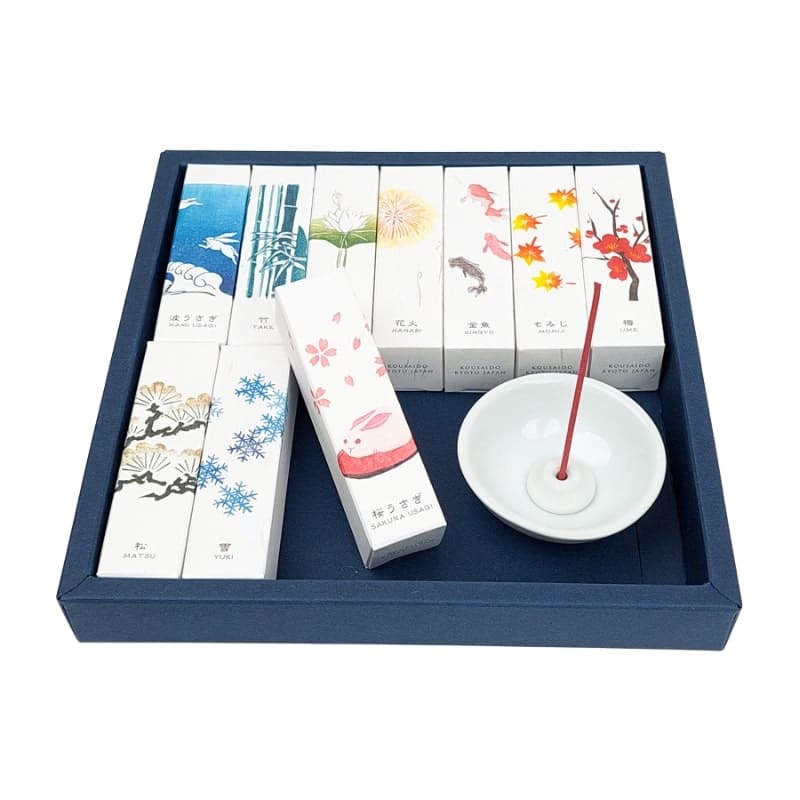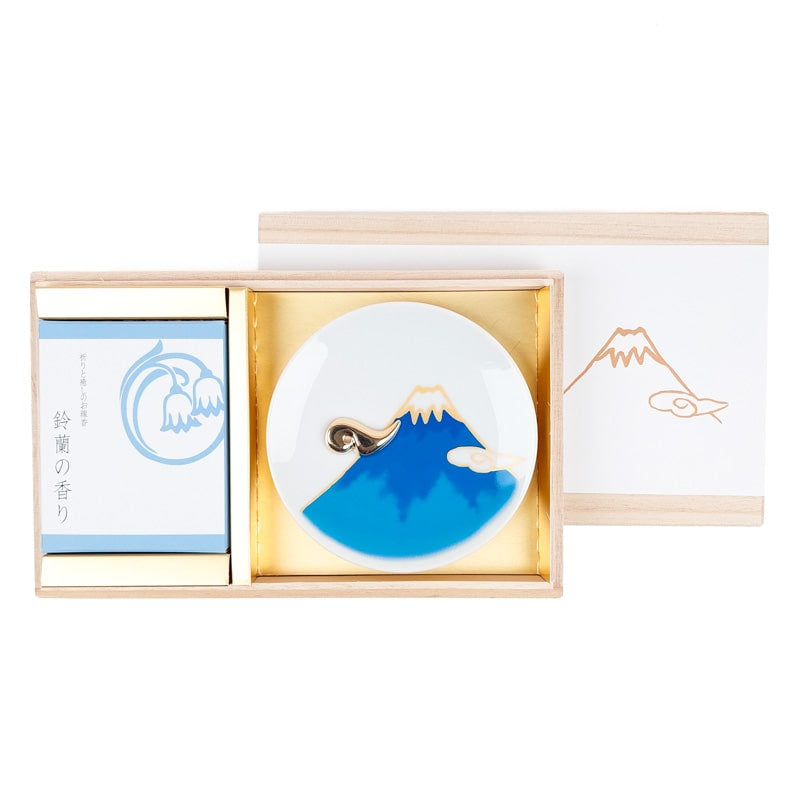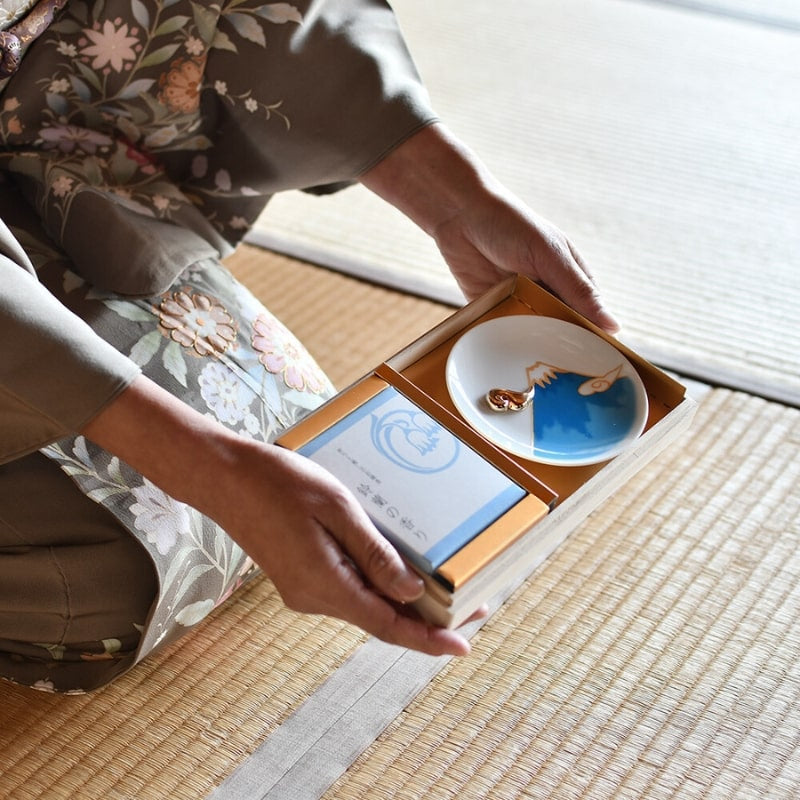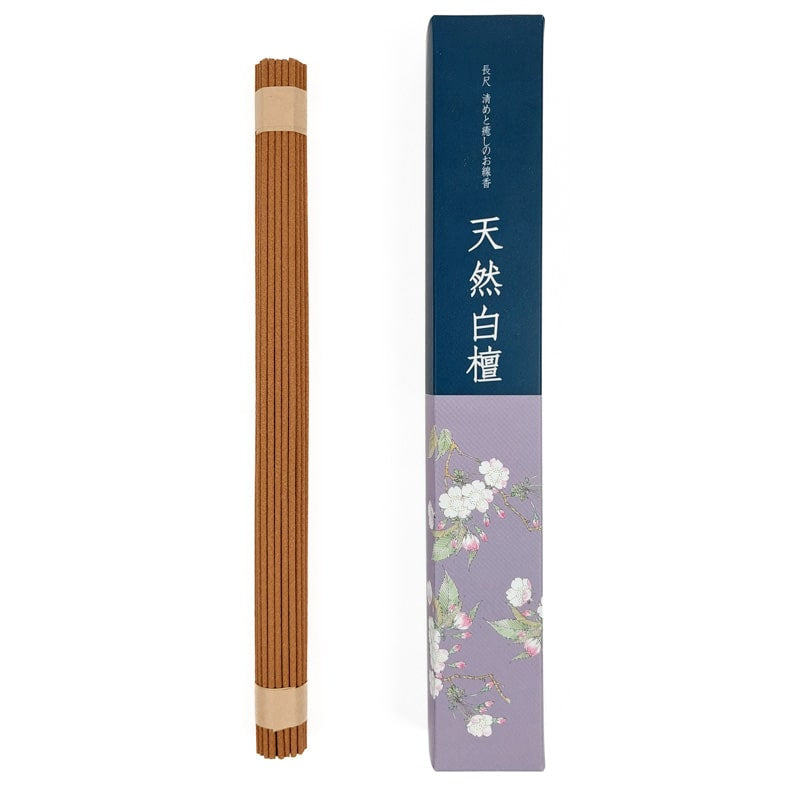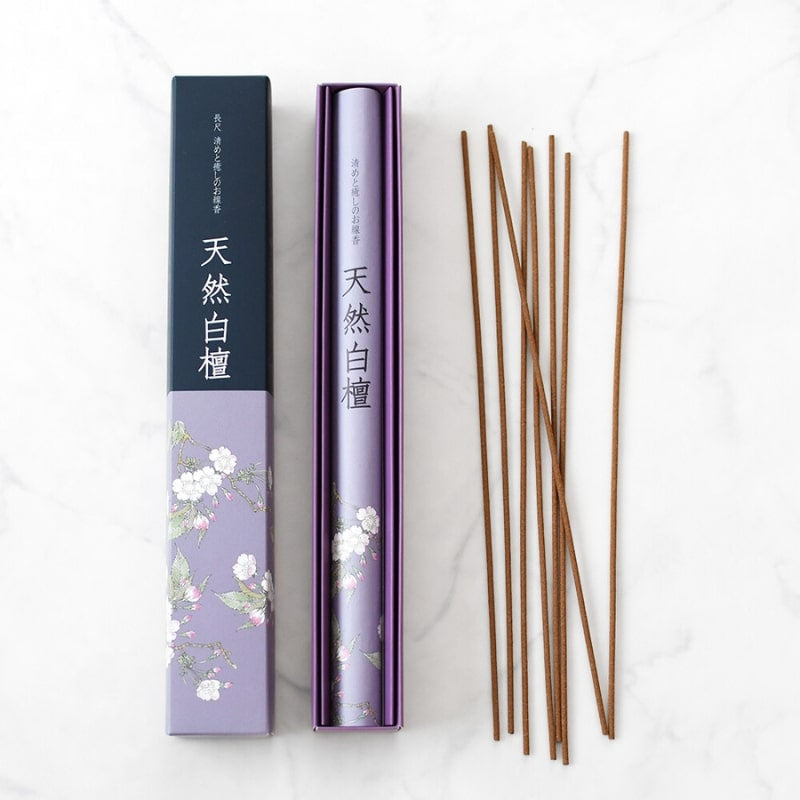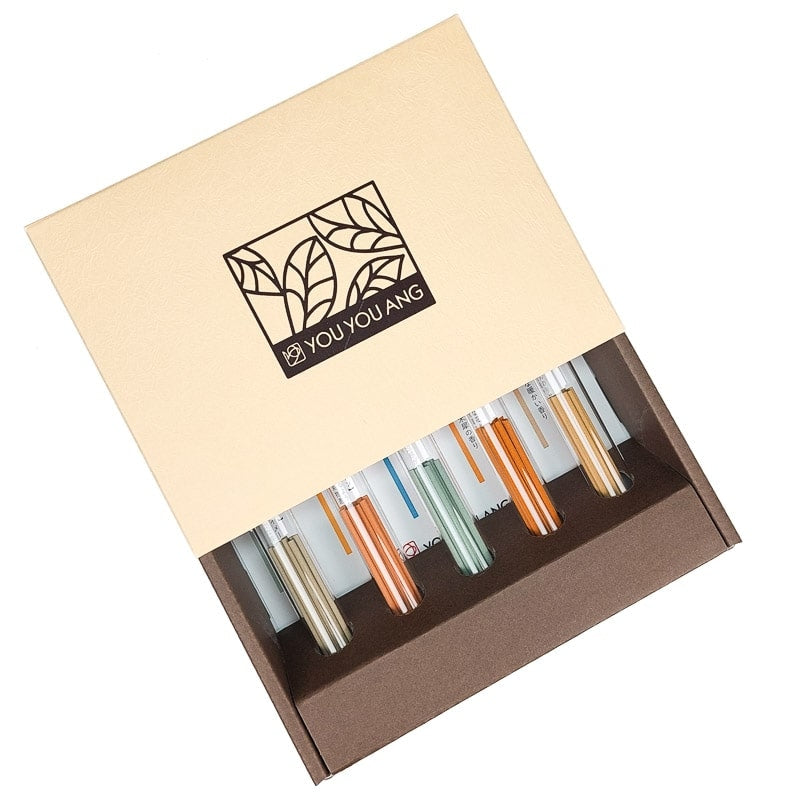Japanese art, both subtle and spiritual, is truly fascinating. In the Land of the Rising Sun, Kodo (the way of incense) remains at the summit of refinement alongside Ikebana (the way of flowers) and Chado (the tea ceremony).
Kodo is a traditional Japanese art which consists in appreciating aromatic woods according to a very codified ancestral ritual. First used in a religious context, incense has also conquered the nose of aristocrats.
The Kodo rules, which are extremely difficult, require many years of experience before being perfectly mastered. Thus the art of incense, mixing literate culture and olfactory experience remains a rare and precious one.
Japanese incense, an ancestral traditional art
"Ko" 香 means "fragrance" or "incense" and "do" 道 stands for "the way". Thus "Kodo" 香道 can be translated as "The way of scents". In Japan, incense has been used for over a thousand years. The fragrant wood first attracted the interest of the nobles and samurai before spreading to the middle classes as well.
📖 The history of incense in Japan
Incense appeared more than 6000 years ago in the Middle East with the first great civilizations of Egypt and Mesopotamia, however, it only arrived in Japan in the 6th century. Scented woods did not exist in Japan and were mainly coming from India. Imported from China, at the same time as Buddhism, incense was then used for religious ceremonies before being appreciated for its intoxicating smell and its virtues.
 🌳 The legend of Japanese incense
🌳 The legend of Japanese incense
The Nihon Shoki (ancient writing about Japanese history) recounts the use of burnt scented wood in 595, at the time of Empress Suiko. A legend tells that a stump of Agar wood was found on the beaches of Awaji, an island near Osaka Bay. Once the wood was consumed by fire, the fragrance was so delectable that the islanders decided to offer it to the imperial house. A small Shinto shrine was then built in honor of the fragrant wood.
🧘♂ The role of Buddhism
The end of the 6th century and the beginning of the 7th century are marked by the development of Buddhism in Japan under the leadership of Prince Shotoku. Just like the tea ceremony and Ikebana, religion played a major role in traditional Kodo art. Incense was used as an offering to deities and also had a purifying role in Buddhist rituals. Precious woods were imported from China in order to make incense, which gave rise to a local craft in the archipelago.

👃 Scented woods at court
During the Heian period (794 to 1185), incense was very popular at the court and, as a result, contests of smell were organized to guess the essences. Aromatic resins were used for entertainment, but also to perfume dresses.
↗ The rise of incense during the Muromachi period:
Later, during the Muromachi period (1336 to 1573), incense was no longer the prerogative of the Court and spread to the upper and middle classes of Japanese society. The burning of aromatic woods became a mark of distinction and its use became regular. Moreover, samurais used to impregnate their helmets and armors with incense as a purification ritual, so that they felt stronger when engaged in battles.

At the same period, the precious fragrant woods were classified at the request of the shogun Ashikaga Yoshimasa. The guidelines were established to give birth to the art of Kodo. The utensils used for the ceremony (Kodogu) were then adorned with gold and raised to the height of refinement. We can distinguish two main schools which have been perpetuating the teaching of Kodo for centuries: Oie-ryu founded by Sanetaka Sanjonishi, a Japanese aristocrat of the Muromachi period, and the Shino-ryu school created by master Shino Shoshin. The former is more focused on art and poetry while the latter is much more formal.
Awaji, the island of perfumes

Incense production on the island of Awaji. Credits: awaji-encens.jp
The island of Awaji has been developing the handcrafted production of incense sticks since 1850 and today represents 70% of the Japanese production. The scented woods manufactured on the island are particularly renowned for their quality and a wide range of fragrances can be found there. Japanese incense is made with wood powders (Sandalwood, Aloe...), plants, spices and aromatics.
The kho-shi (masters of perfumes) perpetuate an ancestral know-how which goes from the composition of the paste, to the finishing of the sticks and the drying of the resins. Note that the strong winds of the island of Awaji allow an optimal drying of the incense.

Japanese incense today
During the Edo period and the Meiji era, incense lost its popularity. However, about 100 years ago, the great master Kito Yujiro revived its success. After a period of isolation, Japan opened to the world. Inspired by the western culture of perfume, the master perfumer succeeded in a stroke of genius by creating the mainichi koh (daily incense). Nowadays, Japanese incenses with floral, spicy or woody notes are very famous all over the world.

The way of incense or the art of listening to scents
In the art of Kodo, we listen to the scents. That's right... the Japanese do not smell, but "listen" because the practice of Kodo requires the use of all the senses to capture the finesse of the fragrances.
The perfume ceremony proceedings
The artistic practice of Kodo is very solemn and requires a lot of concentration. The ritual takes place on a tatami mat and in total silence. The incense master moves slowly and sits down. He will then carefully take out all the material necessary for the ceremony. All his gestures are carried out in a precise order and with extreme rigor. Lacquerware, charcoal, chopsticks, ash presses, etc. are handled with great respect and delicacy. The master will then place a tiny piece of incense wood on a mini mica stand. The censer contains ash decorated with tracings and charcoal as fuel (or a bamboo ember). Thus, the incense is heated and not burned directly so as not to alter the aromas.

Listening to incense has been practiced for many centuries in Japan... Credits: Sam Peet / Culture Trip
In a state close to meditation, the participants, seated in a square, pass the incense burner from hand to hand. They each take turns breathing in the smoke from the woods presented by the Kodo master. By making a precise gesture, they "listen" to the fragrances emanating from the burned woods and try to memorize their notes. Once all the incense-witnesses have been presented, the master passes other woods that the participants have to identify.
🤔 The essence game: can you recognize them?
The game of five incense is called Genjiko while the one with three types of wood is called Sanshuko. There exist 6 kinds of wood or rikkoku corresponding to 6 different countries (Kyara, Rakoku, Manaka, Minaban, Sasora and Sumotara). There are also 5 flavors or gomi (bitter, sweet, salty, spicy, sour). It takes years of experience to be able to perfectly recognize the subtleties.
👁️ Kodo philosophy
Kodo is not just a game of guessing aromas and developing one's sense of smell. The celebration of fragrances is a true spiritual experience imbued with poetry, awakening the senses, relaxing the body and mind.

👌 The 10 Virtues
According to the beliefs, the Kodo practice brings benefits such as a better concentration, a sense of harmony, serenity or plenitude. The following are the 10 virtues that are attributed to the perfume ceremony.
- Stimulates the senses
- Purifies the body and mind
- Clears the pollutants of the mind
- Stimulates the spirit
- Fight against loneliness
- Soothes stress
- Is pleasant, even in abundance
- Works even in small quantities
- Keeps well
- Can be used often
Kodo remains a rare and privileged traditional art as precious woods are very expensive. Likewise, it takes a lot of experience to master this art. Nevertheless, this does not prevent Japanese incense from being appreciated all over the world for its remarkable finesse.

